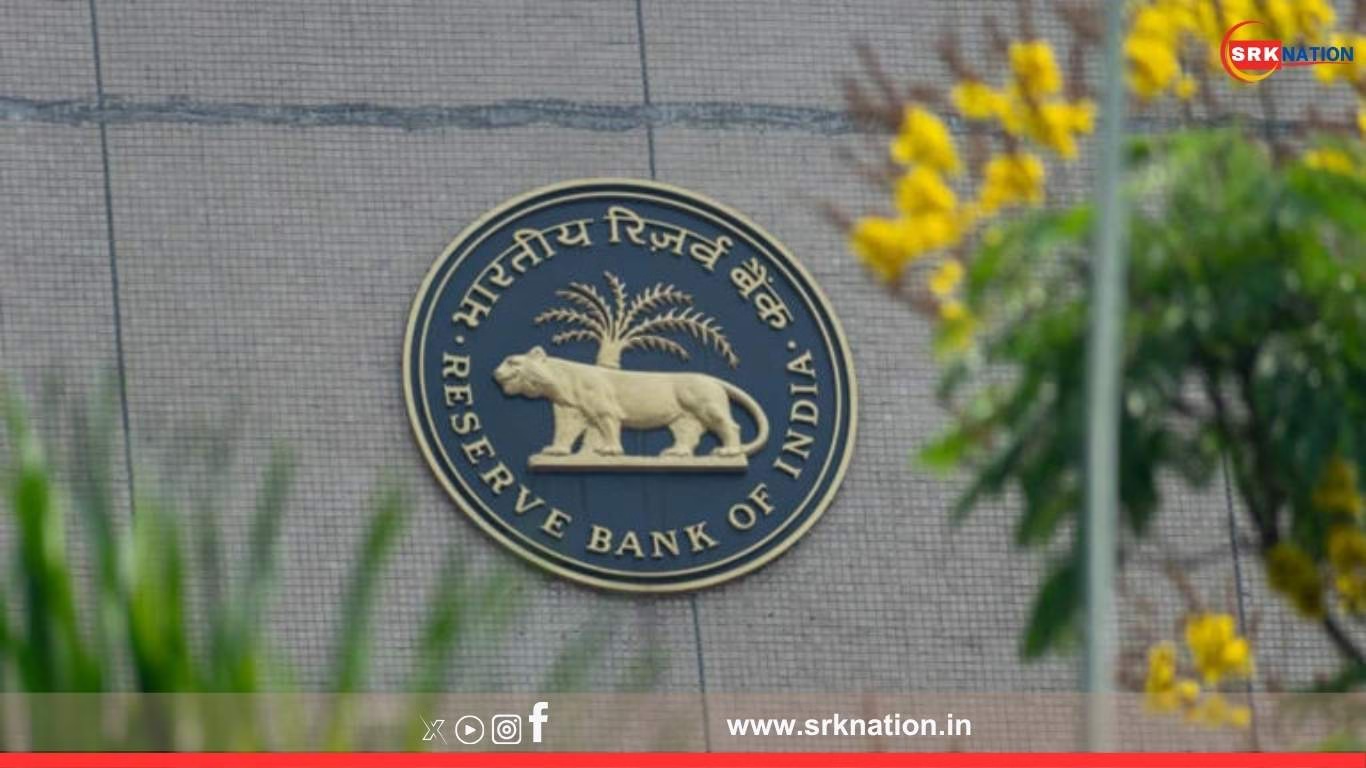In a landmark move that signals the coming of age of India’s banking sector, the Reserve Bank of India (RBI) has announced a sweeping set of policy reforms aimed at liberalizing operational frameworks, enhancing governance standards, and unlocking growth potential across public and private banks. The new guidelines, unveiled on October 2, 2025, are being hailed as a decisive shift from prescriptive regulation to principle-based supervision, marking a new era of trust, autonomy, and accountability in Indian banking.
The reforms include relaxation of branch licensing norms, simplification of priority sector lending (PSL) targets, enhanced flexibility in capital raising, and a calibrated approach to risk-weighted asset computation. The RBI has also introduced a new supervisory architecture that focuses on outcome-based compliance rather than procedural rigidity.
RBI Banking Reforms – Key Highlights
| Reform Category | Policy Change Description | Impact on Banks |
|---|---|---|
| Branch Licensing | No prior approval needed for domestic expansion | Faster rollout of rural and urban branches |
| PSL Framework | Sectoral targets replaced with composite scoring | Greater flexibility in credit allocation |
| Capital Raising | Simplified norms for Tier I and Tier II instruments | Easier access to market funding |
| Risk Weighting | Dynamic risk weights based on internal models | Improved capital efficiency |
| Supervisory Model | Shift to principle-based compliance | Reduced regulatory friction |
RBI Governor Shaktikanta Das emphasized that the reforms are designed to empower banks while ensuring systemic stability. “We are moving towards a regulatory framework that trusts institutions to act responsibly. The focus is now on outcomes, not just processes,” he said during the policy briefing.
The reforms come at a time when Indian banks are reporting record profits, improved asset quality, and robust credit growth. The sector’s gross non-performing asset (GNPA) ratio has declined to 3.2% in FY25, while credit growth has surged to 14.8% year-on-year. Analysts believe the RBI’s move will further catalyze innovation, competition, and financial inclusion.
Indian Banking Sector – Performance Snapshot (FY25)
| Indicator | Public Sector Banks | Private Sector Banks | Commentary |
|---|---|---|---|
| GNPA Ratio | 3.5% | 2.8% | Lowest in a decade |
| Credit Growth (YoY) | 12.4% | 17.2% | Driven by retail and MSME lending |
| Net Profit (₹ crore) | ₹1.12 lakh crore | ₹1.45 lakh crore | Record profitability |
| CASA Ratio | 42.1% | 45.6% | Stable deposit mobilization |
| Capital Adequacy Ratio | 15.2% | 17.8% | Well above Basel III norms |
The RBI’s policy shift also includes a new framework for digital banking units (DBUs), allowing banks to set up virtual branches without physical infrastructure. This is expected to accelerate financial access in remote areas and reduce operational costs.
Digital Banking Units – New Guidelines
| Feature | Description | Benefit to Banks and Customers |
|---|---|---|
| Licensing Norms | No separate license required for DBUs | Faster rollout of digital services |
| KYC and Onboarding | Video KYC and Aadhaar-based onboarding permitted | Seamless customer acquisition |
| Product Offering | Full suite of savings, loans, and payments | End-to-end digital banking |
| Cybersecurity Compliance | Mandatory integration with RBI’s CyberTech framework | Enhanced data protection |
Industry leaders have welcomed the reforms, calling them a “watershed moment” for Indian banking. SBI Chairman Dinesh Khara said, “This policy gives us the freedom to innovate and expand responsibly. It reflects the regulator’s confidence in the maturity of Indian banks.”
Private sector banks like HDFC Bank, ICICI Bank, and Axis Bank are expected to benefit from the capital flexibility and branch liberalization, enabling them to deepen their footprint in Tier 2 and Tier 3 cities. Meanwhile, fintechs and NBFCs may face increased competition as banks gain operational agility.
Public Sentiment – Social Media Buzz on RBI Banking Reforms
| Platform | Engagement Level | Sentiment (%) | Top Hashtags |
|---|---|---|---|
| Twitter/X | 1.5M mentions | 84% optimistic | #RBIReforms #BankingTransformation |
| 1.3M interactions | 80% supportive | #IndianBanks #RBI2025Policy | |
| 1.2M views | 88% strategic | #BankingRegulation #FinancialInclusion | |
| YouTube | 1.1M views | 82% informative | #RBIExplained #BankingReformIndia |
The RBI has also announced a phased review of outdated circulars and compliance mandates, aiming to reduce regulatory clutter and improve ease of doing business. Banks will now be graded on supervisory dashboards based on performance metrics, risk management, and customer grievance redressal.
Supervisory Dashboard – RBI’s New Compliance Model
| Metric Category | Evaluation Parameter | Weightage (%) |
|---|---|---|
| Financial Health | GNPA, Capital Adequacy, Profitability | 40% |
| Governance Standards | Board independence, audit quality | 25% |
| Customer Protection | Grievance resolution, transparency | 20% |
| Innovation and Inclusion | DBU rollout, MSME and rural lending | 15% |
In conclusion, the RBI’s policy overhaul marks a transformative moment for Indian banking, shifting the regulatory paradigm from control to collaboration. As banks embrace autonomy and accountability, the sector is poised to deliver inclusive growth, digital innovation, and global competitiveness.
Disclaimer: This article is based on publicly available RBI policy announcements, financial data, and expert commentary. It does not constitute investment advice or confirmation of any regulatory interpretation. All quotes are attributed to public figures and institutions as per coverage. Readers are advised to follow official RBI notifications for verified updates.











